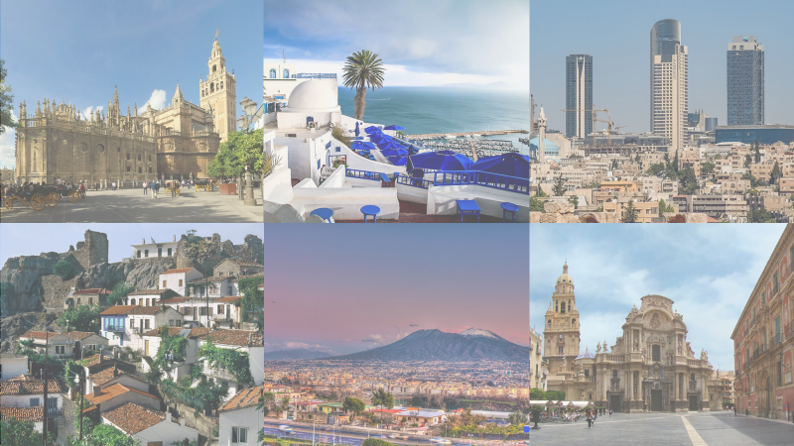Do you want to meet the faces of CEOMED? Part 3: the Spanish Research Council (CSIC)

Fernando G. Fermoso is a tenured scientist at the Spanish Research Council (CSIC). He has broad expertise in biotechnologies for energy production (from wastewaters, solid waste and energy crops) and aerobic and anaerobic wastewater technologies. He has co-authored more than 60 publications, and he is involved in other two European projects directly connected to CEOMED, one as a coordinator. Dr. Fermoso is the innovation manager of CEOMED project and kindly gave an interview for this website. Do you want to know his opinion?
Dr. Fernando G. Fermoso, you are the innovation manager of the project. As it is known, you and your collages from CEBAS-CSIC have extensive experience in the field of valorisation of solid residues. In CEOMED, you are in charge of the production of fertilisers from anaerobic digestion. In your opinion, how the fertilisers from anaerobic digestion are accepted by the citizens?
Digestate is an excellent fertiliser containing all nutrients and micronutrients necessary for modern farming, including nitrogen, phosphorus and potassium. Since no nutrients are lost during anaerobic digestion, farmers can close the nutrient cycle and reuse these vital minerals by using digestate as organic fertiliser. Additionally, organic matter in digestate builds up the humus content in the soil. This is a benefit unique to organic fertilisers which are particularly crucial for arid and semi-arid lands with low carbon content. However, most citizens are poorly informed (or even misinformed) about the benefits of digestate and other organic fertilisers. Public authorities should make a conscious effort to explain the advantages of digestate and the adequate management of local resources to build confidence in its use.

Do you think that the innovation in CEOMED is clearly stated a precedent for future projects and enterprises?
Definitely yes. As many modern food production enterprises are heavily dependent on industrially manufactured mineral fertilisers, reducing external dependence and risks related to nutrient depletion becomes crucial. In most cases, digestate is more competitive price-wise than mineral fertilisers and other organic fertilisers, enabling farmers to make significant savings in one of their biggest annual expenses. As done in CEOMED for municipally open markets, Municipalities treating source-separated waste can create new local jobs, while at the same reducing their utility expenses or even bringing in new revenues from selling biogas, biomethane and organic fertilisers.
What is the hardest part of the project? Do you think that the established objectives will be reached?
CEOMED follows a holistic approach whereby not only technical objectives have to be reached but also social empowerment become one of the most important objectives. All these objectives are covered by a well-structured management body that ensures the success of the project and a proper interconnection between technical and social tasks.
In your expert opinion, What is the most interesting advancement in CEOMED?
To show that the CEOMED approach is working for Mediterranean open markets and to offer a case-to-follow for future related projects.









